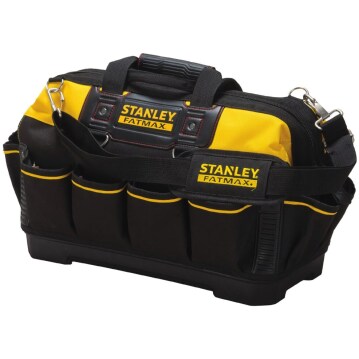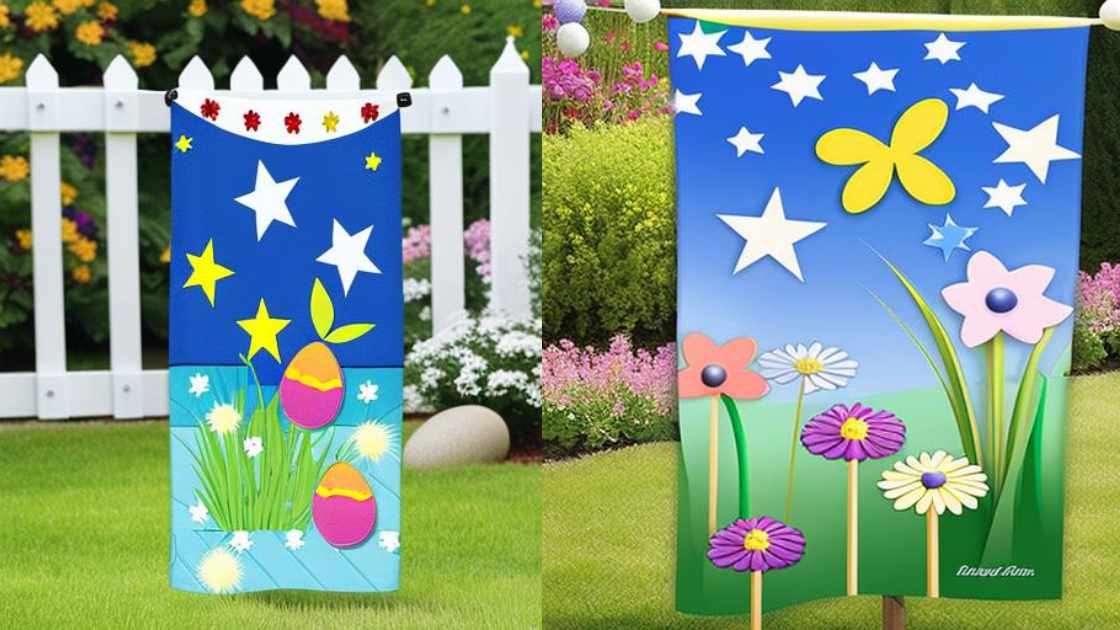
If given unfavorable conditions, baby toe succulents may develop an unhealthy, elongated appearance and look soft, squishy and discolored. This is an easy problem to solve and is usually caused by lack of sunlight, too much water or an unsuitable soil too high in organic materials. Let’s take a closer look at the most common problems with this succulent and see how we can solve them!
The Baby toes succulent (Fenestraria rhopalophylla) is an African plant in the same family (Aizoaceae) as Lithops (Living stones) – it’s very similar in appearance, but somewhat easier to care for. Unlike living stones, baby toes succulents don’t go through a yearly leaf change cycle and just keep putting out new leaves and spreading across the soil surface.
Most Common Causes of Unhealthy Growth or Death In Baby Toes Succulents
Most issues with this succulent come down to:
Browse our Affiliate Products
- Too frequent watering
- Poorly draining soil too high in compost
- Lack of darkness during the night
- Lack of direct sunlight
- Infestations with pests and diseases
Often, multiple causes are at play at the same time – many novice succulent lovers put this plants on a windowsill that doesn’t get enough sunlight and water it too frequently.
As a result, baby toes will put out unhealthy growth, develop stem base rotting problems and become prone to mold and insect infestations. This develops into a complex issue that can be solved only by fixing each one of the underlying causes.
Let’s see how the baby toes succulent responds to various stressors and learn how to identify them:
Watering too frequently
The most common issue, which can cause a variety of symptoms.
- Cracks and splitting of the ‘toes’ of the succulent, browning at the stem base.
- Yellowing, or an unnatural green color all point to the root system being too wet.
Although this succulent has moderate water needs it still absolutely requires a drought period of the soil between each watering. Baby toe succulents go through summer dormancy and require less watering during the hot months than they do during the spring and autumn.
Compost-heavy soil
Soil that is too high in organics and too low in sand and perlite will retain too much water and provide too much nitrogen. The heightened bacterial and fungal activity in the root zone (on which non-succulent plants heavily rely) will be very unnatural for this plant and it will develop various symptoms.
Rotting stem bases and an unnaturally lush growth are usually the first signs.
The surface of the soil should look sandy, rocky and dry – if it’s dark, black and moist, this is not good – repot the plant in a more suitable cactus mix.
Light deficiency
In light-deficient situations, baby toes succulents will develop unnaturally elongated leaves that lack color. If you don’t have a good sunny spot, this tiny succulent can be easily given plenty of light by using a LED grow bulb.
Just like many African succulents, this one performs a highly inefficient CAM photosynthesis. It may refuse to thrive even in areas with bright, diffuse light, which seem to work well for non-succulent
plants. That’s why, as a rule, baby toe succulents should be given direct sunlight for at least 4 hours each day. CAM photosynthesis also relies on darkness during the night, so strong, parasitic nearby light sources may cause problems.
Summer dormancy
Baby toe succulents go through summer dormancy, which is common in African succulents. The plant will completely seal its leaf pores (stomata) during the hot summer, reducing its water loss to almost zero.
As a result, paradoxically, it needs less water during the extreme summer heats than it does during the spring and autumn. This is counter-intuitive and a major cause of problems – watering excessively during the very hot months will increase the chance of root rot, especially in pots completely covered in ‘toes’, which prevent evaporation of water from the soil surface.
For more information on Lithops that are closely related to baby toes, check out this article on dormancy. How Do I Tell if My Lithops Has Gone Dormant?
Pests and diseases
The leaf bodies of this succulent are very smooth and even, making it difficult NOT to notice pests and making it very easy to clean them up by using Q-tip.
The only highly problematic disease is bacterial rot of the stem base, which can lead to inevitable loss of leaves and can even kill the plant. This rot is almost always caused by compost-heavy soils in combination with too frequent watering.
To find a wide variety of succulents, Check out our affiliates below.
Solutions & Steps You Should Take To Revive a Dying Baby Toes Succulent
Providing your baby toes succulent with plenty of direct sunlight, reducing the watering frequency to incorporate a drought period and inspecting the plant for diseases is usually all that’s required to ensure recovery.
If the stem bases have begun to brown and rot, this can be trickier and recovery is dependent on the rot not having progressed too much. In cases where the succulent seems too far gone and is heavily affected by rot, you can usually find healthy offsets which can be used to propagate the plant and give life to a new, healthy specimen.
For more information on root rot, check out this article pertaining to succulents. How much root damage can succulents tolerate?
Optimum Growing Conditions For Baby Toes Succulents
This succulent has moderate water needs, goes through summer dormancy and likes full sunlight and sandy soils. Even in optimum conditions, baby toe succulents will grow quite slowly and will only put out new growth during the spring and autumn. Let’s take a closer look at the growth requirements:
If your looking for mini succulents, click here. Mini Succulents: The Big World of small plants.
How much sunlight is necessary?

Direct sunlight for at least a few hours a day is a must – baby toes is not very efficient at photosynthesis.
What ambient temperature is optimal during each season?
Relatively low temperatures of around 68F (20C) are necessary for good growth. Those are easy to provide during the spring and autumn. In the hot summer, baby toes will enter dormancy and stop all photosynthesis in order to preserve water.
This summer dormancy period is likely not necessary and can be skipped by keeping the succulent indoors in an air-conditioned room by a sunny windowsill.
Type of soil required
Sandy, well-draining soil is a must – overly organic soils with high water retention capacity will inevitably cause irreversible rotting at the base of the succulent and a lot of toes will likely die.
How often should you water?
Because of the wide variation in pot size and surface conditions, it’s best to go by the weight of the pot or the moistness of the soil surface – water only after a brief drought period of a few days and never water if the soil is still wet from the previous watering. During the hot summer, this succulent will become more sensitive to overwatering.
Pot size and repotting
This succulent can grow in all pot sizes. However, large pots require better drainage and very sandy/rocky soils. That’s because they tend to hold on to too much moisture and remain wet for much longer. For more information on pots, click here. What is the perfect pot for my plants?
Growing outdoors vs. indoors

This succulent grows best outdoors, in the full sun, but should be brought back indoors during the winter and possibly during the hottest summer months. It’s growth is faster if it’s provided with lower temperatures during the summer – otherwise, it goes in full dormancy and all photosynthetic activity ceases.
Final Thoughts
Baby toes is an easy to care for succulent, prone to the same problems as all other meaty succulents. As always, overwatering is the main cause behind most problems, followed by lack of direct sunlight and soil that isn’t airy enough. High temperatures will cause this succulent to stop growing and go in complete dormancy/hibernation.













